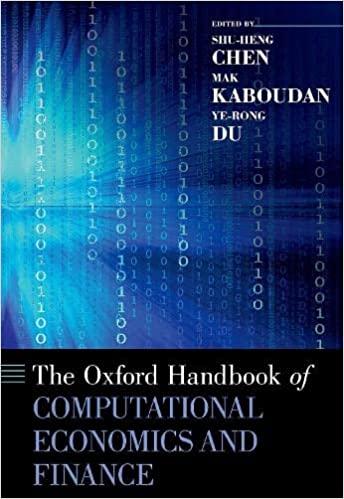Question
Consider the simultaneous equilibrium in the US money market and the foreign exchange market (as presented in Ch. 4). In this problem we will analyze
Consider the simultaneous equilibrium in the US money market and the foreign exchange market (as presented in Ch. 4). In this problem we will analyze the effect of a decline in the euro interest rate. Draw a graph to illustrate this change, and use your findings to fill the blanks below. Important: Make sure to type responses as provided in the options (i.e. be careful with misspellings).
Start with the US money market equilibrium. As a result of a decline in the euro interest rate, while all other exogenous variables remain unchanged:
- The US real money supply curve will (enter 'shift right', 'shift left', or 'remain unchanged') .
- The US aggregate real money demand (enter 'shift right', 'shift left', or 'remain unchanged') .
- The interest rate in the US will (enter 'rise', 'fall', or 'remain unchanged') .
When it comes to the foreign exchange market:
- The curve that will be directly affected by the decline in the euro interest rate is the (enter 'return on dollar' or 'dollar return on euro') deposits curve.
- This curve will shift (enter 'right' or 'left') .
- As a result, the dollar will (enter 'appreciate', 'depreciate', or 'remain unchanged') .
Step by Step Solution
There are 3 Steps involved in it
Step: 1

Get Instant Access to Expert-Tailored Solutions
See step-by-step solutions with expert insights and AI powered tools for academic success
Step: 2

Step: 3

Ace Your Homework with AI
Get the answers you need in no time with our AI-driven, step-by-step assistance
Get Started


